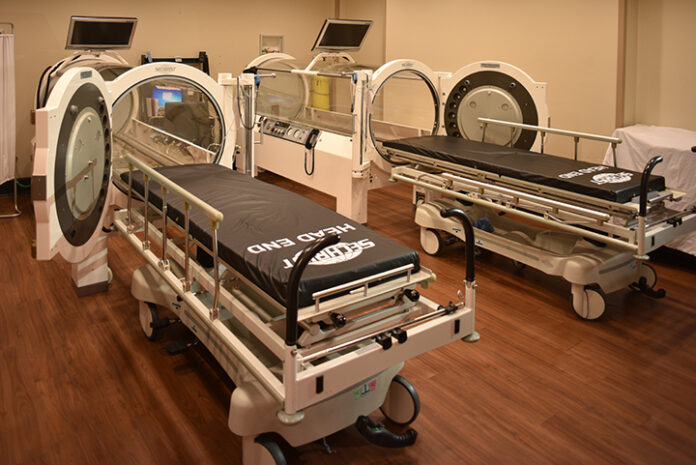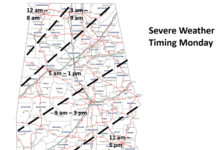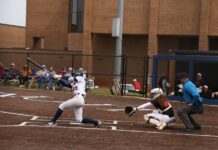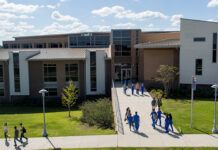
CULLMAN, Ala. — The Wound Healing Center at Cullman Regional is recognizing American Heart Month by offering information and tips to educate patients about heart health and chronic wounds.
Each year nearly 700,000 Americans are diagnosed with heart disease, which causes about 1 in 4 U.S. deaths, according to the Centers for Disease Control and Prevention (CDC). Related complications like vascular insufficiency or peripheral artery disease can result in the development of non-healing wounds, putting patients at risk of infection, sepsis or lower limb amputation.
Due to an aging population as well as an increase in heart disease, diabetes and obesity, the need for specialized wound care continues to grow. Currently, there are approximately 9-12 million Americans suffering from chronic wounds or non-healing ulcers on the lower limbs or feet. Many patients postpone treatment with hope that their wound will heal on its own, only to seek treatment after it has become severely infected.
“It is not uncommon for cardiology patients to develop painful, non-healing wounds stemming from poor circulation to the lower extremities,” said General Surgeon Brad Moody, MD. “If left untreated, this can progress to a life-threatening condition. It’s important for anyone with a non-healing wound to talk to their doctor as early as possible and get an evaluation in order to avoid sepsis or amputation.”
Common wound types in patients with cardiovascular disease
Without proper blood flow from the heart, chronic wounds can develop and not only fail to heal, but also grow in size and become infected. Here are the three most common non-healing wounds for patients with heart disease:
- Arterial ulcers: Also referred to as ischemic ulcers, these are caused by damaged or blocked arteries which are unable to get nutrient-rich blood and oxygen to the lower extremities. This causes an ulcer or a break in the skin. Arterial ulcers are typically located on the foot or ankle.
- Venous ulcers: When patients have poor blood circulation in the legs, the blood backs up and “pools” in the veins, causing an ulcer. This can cause a painful open wound and edema on the ankles or lower leg.
- Diabetic neuropathic ulcers: Many patients with cardiovascular disease also suffer from diabetes. Approximately 25% of individuals with diabetes will experience a non-healing open wound or diabetic ulcer caused by pressure or trauma on the lower limbs or feet. Because diabetic neuropathy causes a loss of sensation in the limbs, many patients don’t know they have an ulcer until it becomes infected.
Tips for better heart health
If you have heart disease or are in treatment for a non-healing wound it’s important to pay attention to your cardiovascular health. A healthy heart stimulates the circulation of oxygen and nutrient-rich blood throughout the body, skin and tissues and stimulates the body’s healing process. Here are six tips:
- Eat a healthy diet with plenty of fruits and vegetables
- Exercise for at least 30 minutes three times a week
- Maintain a healthy weight in order to avoid high blood pressure, high cholesterol and diabetes
- Don’t smoke and limit alcohol
- Get quality sleep
- Manage stress
Cullman Regional Wound Healing Center uses advanced wound care modalities and hyperbaric oxygen therapy to treat non-healing wounds caused by cardiovascular disease complications, including venous and arterial ulcers. Chronic wounds can be diagnosed, effectively managed and ultimately healed, oftentimes within eight weeks. If you or someone you love has a non-healing wound, call our Wound Healing Center at 256-737-2980 or visit www.CullmanRegional.com for more information.



















